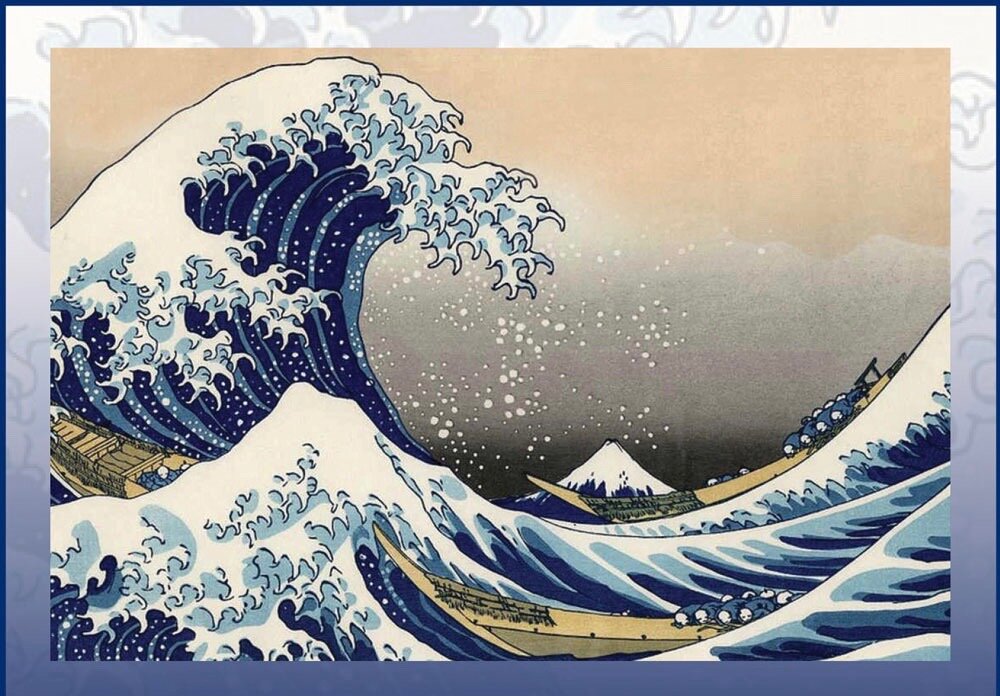Perhaps after all that is occurring in the news it seems a little irrelevant to talk about the Four Foundations of Mindfulness. But that is exactly what I want to do because the Buddha was about suffering and the end of suffering. So these teachings are relevant to how we experience our world right now, in every moment and are the tools which help us discern wise action from reactivity and actions which contribute to our suffering. The news and those behind the news are quite skilled at triggering all our worst fears. So our job as meditators is to look deeply at the roots of our own triggering, to free ourselves from hooks and triggers as much as possible so that we can view the events of our world with calm and balance and take actions that have the greatest chance of leading to the end of suffering for ourselves and others.
It may be helpful to know and be reminded that the Buddha was a scientist, a participant observer, as the sociologists would say. He was looking carefully at his own experience to discern what led to suffering and what led to freedom from suffering. When he didn’t get it right, he would get up and go find another master and learn from him until he realized he just had to sit down under a Bodhi tree and observe his own mind until he truly understood.
So this Fourth Foundation of Mindfulness gives us these tools: 1) The five hindrances help us discern how our meditation is going and take corrective steps where we can. 2) The five aggregates is a model by which we can see how we cling through the body, through feelings, through perception (big hook for suffering here), through habit patterns and volitional formations, and through consciousness - how our mind fastens on one thing and another. 3) The six sense spheres is another model for how we experience our world which I’ll describe in a minute. 4) The seven factors of enlightenment outline an internal unfolding toward freedom. 5) And the Four Noble Truths with the Noble Eightfold Path shows the truth of suffering and freedom from suffering and the ancient human path to such freedom. Just a note - the Buddha was a great list-maker because it helped people remember in the time before writing.
So we come to the six sense spheres. The six sense spheres are the five sense organs we are familiar with - the eye, the ear, the body, the tongue, the nose, and the mind plus the function of those organs - sight, hearing, touching, smelling, and tasting, plus cognizing. Everything we know and experience in the world comes to us through one of these six sense spheres - sometimes known as doors. The Buddha taught this model to help us analyze how clinging arises and also how we create a sense of self.
But first of all, the six sense spheres are how we know what we know. It’s a sunny day. What told us that? The sight of brightness, blue sky, the unobscured sun, shadows of trees creating a pattern of dark and light. Does sound tell us it’s a sunny day? Perhaps a newscaster or a neighbor commenting on the beautiful weather. The sensation of warm sun on our arms might tell us the sun is shining and it’s almost hot.
The Buddha broke these elements down even farther. Sight is a combination of the eye organ, the external sight or contact, and the ability of the eye and mind to process the information into seeing - eye consciousness. The same with the ear, the external sound, and ear consciousness. And so on with the body, touch, and touch consciousness, the tongue… and the nose…. The mind is also made up of mind/brain, the arisings in the mind of thoughts and emotions, and mind consciousness - the ability of the mind to process internal arisings like thoughts as well as external arisings such as sights and sounds.
This briefly outlines the six sense spheres. The usefulness of this model lies in beginning to look at what we bring to sight, hearing, touching, etc. For instance, we look out on our backyard and we bring the concept of backyard versus front yard versus green space versus meadow. We bring the idea that this is mine. I own this backyard. I identify with it, I will protect it from others, it says something about me and who I am. So in just looking at the backyard there arises clinging, attachment, and the sense of self, the “I” who owns this, who has appropriated land that birds and insects use without our permission as “me” and “mine.” To take the teaching even further, it describes our duality with this area of grass - it is over there and I am over here - a subject and an object.
One of the great teachings of the Buddha is encapsulated in the phrase, “in the seeing is just the seen.” Is it possible to look without adding the concepts, the labels, the ownership, the attachment, the sense of self, and the separation into subject and object? It is a liberating practice and can help us begin to see the entanglements of our minds with which we see everything - our homes, yards, neighborhoods, families, friends.
What we see in the news is a mass of such entanglements, of attachments and aversions, of appropriations, of the sense of self which overtakes all the space that others hold for themselves. Lives can be destroyed by this ignorance and ill will.
Can this simple teaching - “in the seeing is just the seen” - help free us from our own entanglements and allow us to move through this morass with more calm, balance, and equanimity without losing the resolve to help free ourselves and others from suffering?

